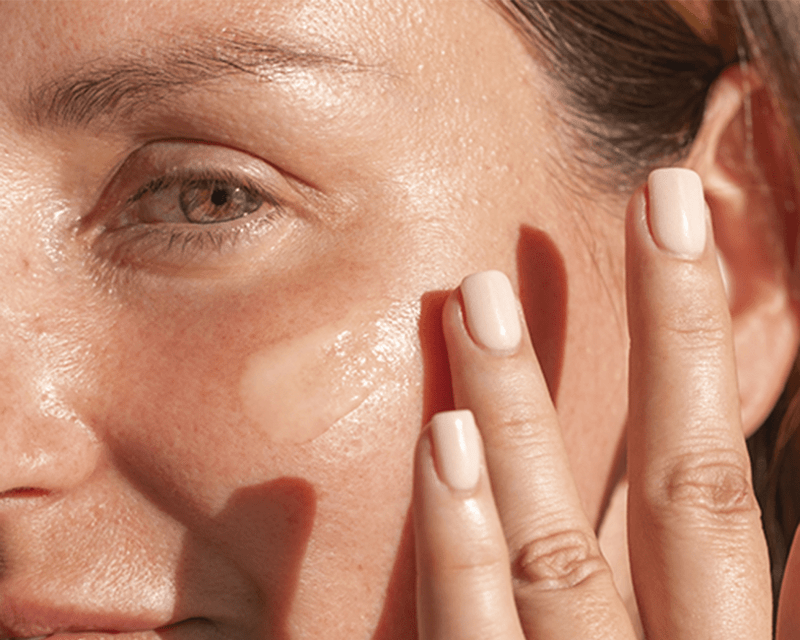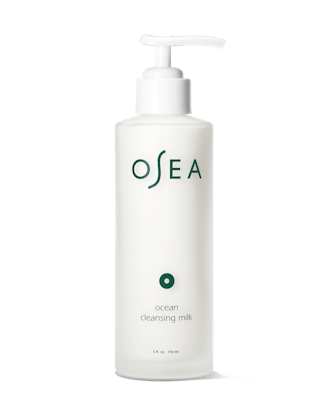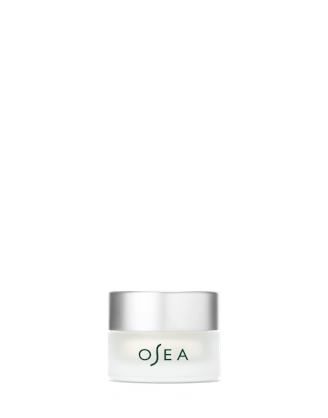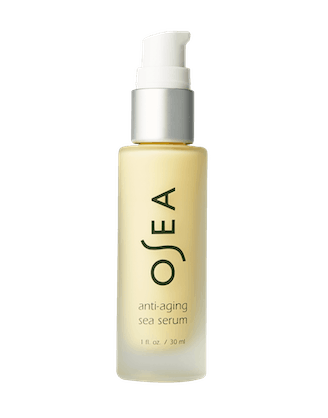Dark spots? Wrinkles? Uneven texture? It can be difficult to find a solution that targets multiple skin concerns at once without committing to a lengthy routine. The key to addressing all these issues? Vitamin C. This ingredient offers a balance of nourishment and treatment to help you brighten skin and simplify your routine.
What Is Vitamin C?
We’ve all heard that vitamin C is beneficial for your body internally. As an antioxidant, it helps protect cells against free radicals that can trigger inflammation and oxidative stress¹. But how does vitamin C fit into topical applications? Well, many of the benefits of vitamin C are present when put directly on the skin.
Vitamin C is used in skincare products as a brightening ingredient. If dullness, uneven tone, and wrinkles are concerns, adding vitamin C to your routine helps minimize the appearance of these issues to improve skin’s radiance.
How to Incorporate Vitamin C Into Your Skin Care Routine
There are several kinds of vitamin C—did you see that coming? While each type can be beneficial for multiple skin concerns, there are some areas where one may be more helpful than another.
L-Ascorbic Acid
This type of Vitamin C is one of the most common in skincare ingredient lists. It has many age-defying benefits because it has the highest rate of efficacy for penetrating the skin’s barrier. The trade-off is that it can be a little too acidic for more sensitive skin.
Magnesium Ascorbyl Phosphate
This acid has a skin-neutral pH, which offers several benefits. Not only is it gentle to apply, but it’s easy to formulate with and less likely to result in sensitivity and irritation². You’ll still see great complexion benefits, like improved texture and lasting hydration.
3-O-Ethyl-L-Ascorbic Acid
Also known as ethyl ascorbic acid, this type of vitamin C is modified to improve its stability and performance as a skincare ingredient³. This means you’ll get the most out of the ingredients brightening benefits for a smoother, more radiant appearance.
When choosing a gentle vitamin C, you can usually use it in several steps of your routine without issue. But, as with any product, you should incorporate only one new product at a time for a couple of weeks to see how your skin reacts.
Get to Know OSEA’s Vitamin C Skincare Lineup
You know we’re all about finding better ways to create a skincare routine. After all, the best routine is the one you can stick with. Here are a few simple ways we can help you start your vitamin C journey:
- For cleansing: Start your skin off looking fresh and free from impurities with our Ocean Cleansing Milk. This gentle formula cleanses skin to create the perfect absorbent canvas for other skincare products.
- For dullness: We suggest using a gentle exfoliant once or twice a week for even more brightening power. Our Vitamin C Enzyme Polish removes the buildup of dead skin cells to reveal hydrated and glowing skin.
- For aging skin: To promote healthy aging and target wrinkles and loss of elasticity, our Anti-Aging Sea Serum is the perfect pick. It pairs vitamin C with niacinamide, natural peptides, and other age-defying ingredients to brighten and reduce the appearance of wrinkles.
Learn more about your skin’s needs with help from our routine builder quiz, and shop our entire brightening collection to get the most out of vitamin C for skincare.
References:
1. Gora, A. (6 July 2022) What do antioxidants do for your skin? LiveScience. Retrieved on March 28, 2023, from https://www.livescience.com/what-do-antioxidants-do-for-your-skin
2. Magnesium Ascorbyl Phosphate: A Stable Form of Vitamin C. Is it Really as Good as Other Vitamin C Ingredients? The Derm Review. Retrieved on April 21, 2023, from https://thedermreview.com/magnesium-ascorbyl-phosphate/
3. 3-O-Ethyl-L-Ascorbic Acid. UL Prospector. Retrieved on April 21, 2023, from https://www.ulprospector.com/en/na/PersonalCare/Detail/15733/703399/3-O-ETHYL-L-ASCORBIC-ACID



